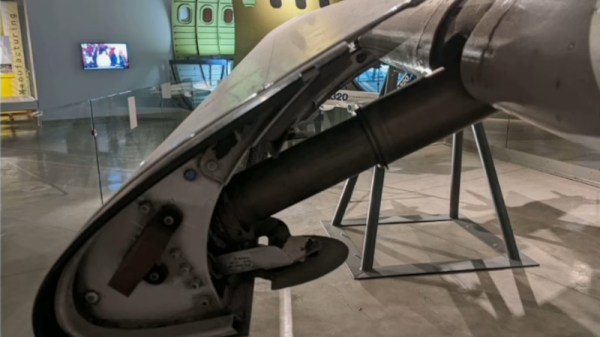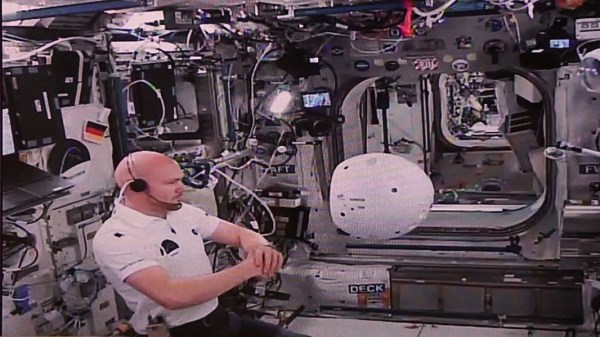Many of us will have sat and idly watched the flaps and other moving parts of an airliner wing as we travel, and it’s likely that most of you will know the basics of how an aircraft wing works. But there’s more to an aircraft wing than meets the eye, which is why the Aerospace Bristol museum has an Airbus A320 wing on display. [Chris Lymas] was part of the team which turned a surplus piece of aircraft into an interactive and working exhibit, and he told the Electromagnetic Field audience all about it in his talk Using Arduinos to Resurrect an Airliner Wing.
The talk starts with an explanation of how a variable surface wing works, and then starts to talk about the control systems employed. We’re struck with the similarity to industrial robots, in that this is a a powerful and thus surprisingly dangerous machine to be close to. The various moving surfaces are moved by a series of shafts and gearboxes, driven by a DC motor. Running the show is an Arduino Mega, which has enough interfaces for all the various limit switches.
It’s fascinating to see how the moving parts in an airliner wing work up close, and we’re impressed at the scale of the parts which keep us safe as we fly. Take a look, the video is below the break.
Continue reading “Making An Aircraft Wing Work For An Audience”














